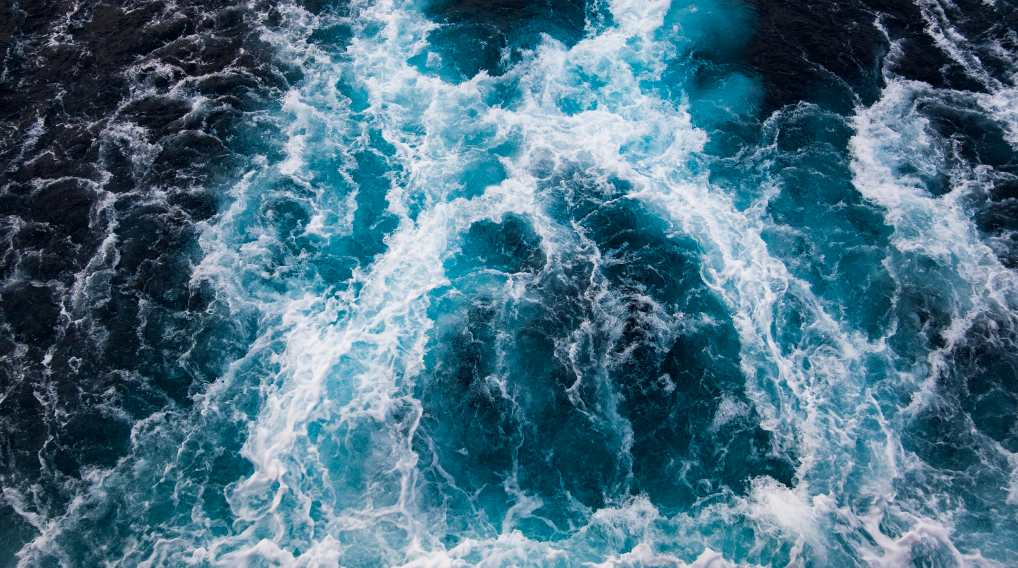About This Lesson
Access Free Lesson Plan Here
In this lesson, students investigate the effect of carbonic acid on razor clam shell mass in order to connect climate change and ocean acidification with their daily life on the Oregon Coast.
Step 1 - Inquire: Students reflect on their own activity at the beach and learn about how beach recreation, ecosystem services, clamming, and tourism may be disrupted by climate change and ocean acidification.
Step 2 - Investigate: Students measure razor clam shells' mass before and after placing them in water acidified with carbonic acid.
Step 3 - Inspire: Students create a student action project to share their learning with someone outside the classroom.
Learning Outcomes
Students will be able to:
- Explain the ecosystem services that the ocean and surrounding habitats provide to our community.
- Explain ocean acidification and its effects on organisms.
- Advocate for ocean health.
More Free Stuff!
Free News Articles for Students













